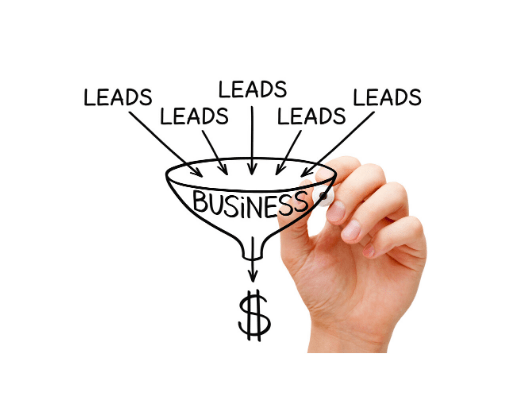
Lead generation and networking for referrals are the foundation for building and growing your book of business. But with all the noise out there, how should you go about generating new prospects?
Identifying your target audience is the first step to life insurance lead generation. One way to hone your understanding of various sections of that audience is by creating marketing personas. If you’re new to this exercise, think of it like drafting a biography of someone representing a segment of your target market. However, this is not an individual but a cross-section of many individuals that fall within that segment. In the bio, you’d include characteristics like age, career, what they care about, their average transaction amount, and how they commonly interact with you. Typically, you might do this by aggregating your existing client data and analyzing them for trends. If you don’t have many clients yet, your persona will be based on the research you’ve done on life insurance customers.
Creating personas is an important part of life insurance lead generation because it helps you understand your customers and their buying behavior, including what triggers a purchase and how they decide between different products. This step, while laborious, plays a big role in customer acquisition and retention and will allow you to focus on attracting high-value leads and catering to your best customers. For example, if your clients are all under 40, you will want to make sure your marketing is in line with the Millennial mindset. (You can read more on Millennials by reading our blog Three Tips For Working Millennial With Clients). If your clients are a bit older, you will want to focus on topics that are important to that age group, such as long-term care planning in the digital age.
Life Insurance Lead Generation Methods
There are two low- or no-cost approaches to life insurance lead generation. The first is leveraging your network. This doesn’t mean pestering friends to buy from you or guilting family into a purchase they wouldn’t otherwise make. Simply talk to the people you know about what you do in the same way you’d tell them about any endeavor. Answer any questions they have without an agenda. Then, ask them if they know anyone who might be seeking what you’re selling or in a position that creates a need for one of your products. New parents are going to come to mind first – and most in this category certainly would benefit from some type of coverage – but what about that couple your sister knows who just bought a home? Can each person meet all of their shared obligations without the help of the other?
Cold calling is another life insurance lead generation tactic that many aren’t eager to consider. It’s not easy to approach and pitch to someone you don’t know. Cold calling takes confidence and the ability to withstand rejection without becoming dejected. The good news is that nearly everyone is a potential customer as most people fall into one or more of your target markets. But you might consider concentrating on a specific slice of that market – for instance, small business owners like yourself. A lot of them are more focused on running their business than they are on personal protection and might need coverage, particularly if they’re part of a partnership.
Both of these life insurance lead-generation methods are ideal for new agency owners and agents because they don’t require any sort of investment. Once you are ready to spend a little on marketing, there are quite a few more techniques you can pursue, which you can read about in our white paper, How Advisors Can Find More Life Insurance Referrals.





